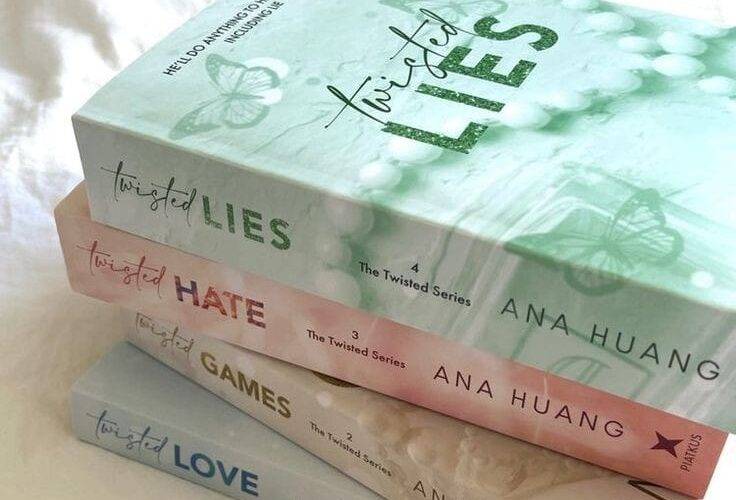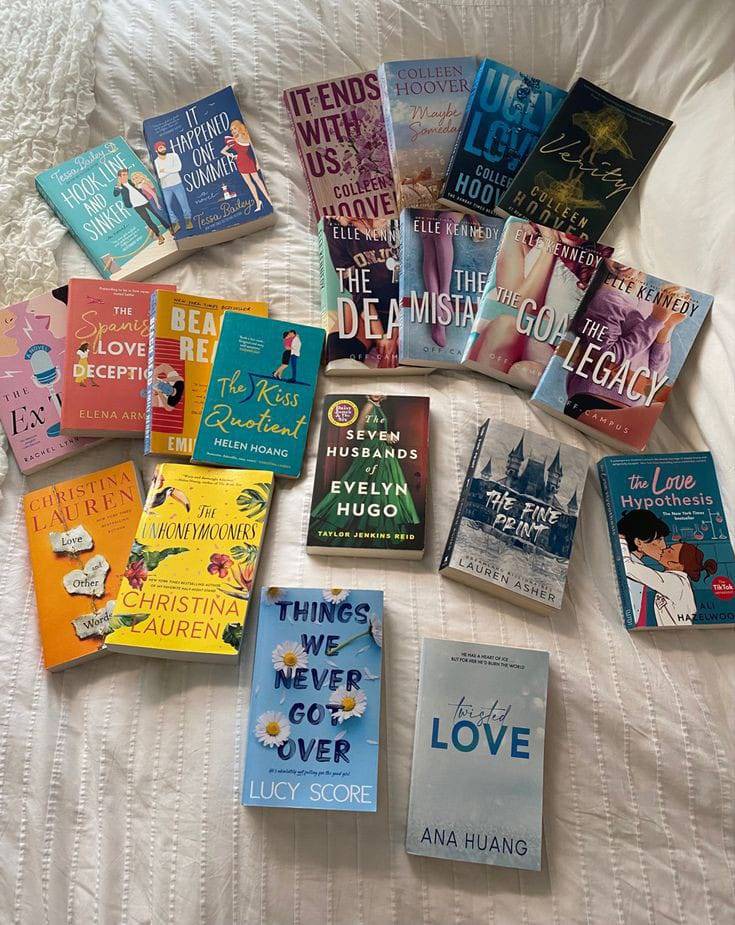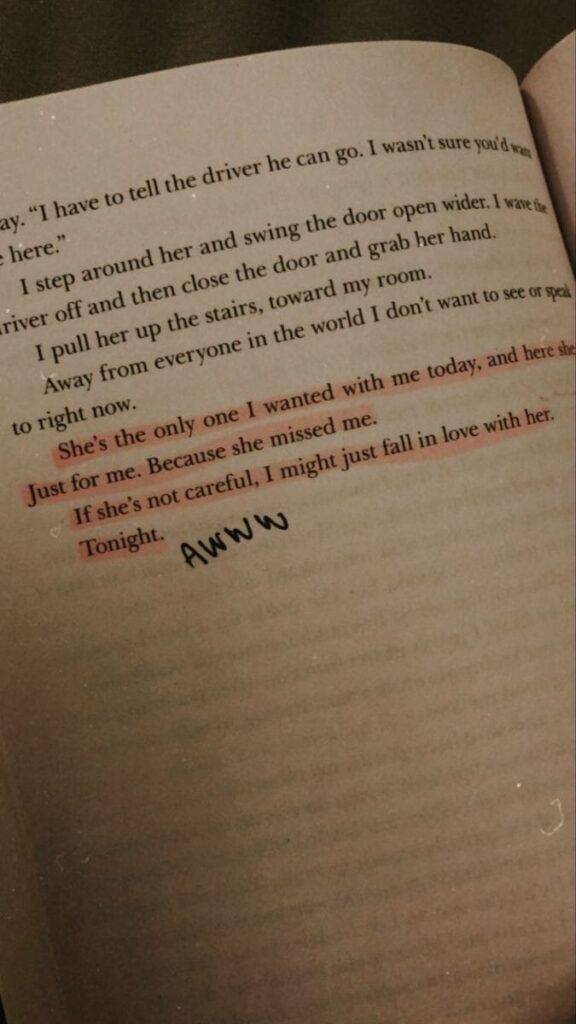Romance novels—beloved by some, mocked by others, and often the go-to comfort read for a rainy day. They’re packed with swoon-worthy moments, heart-fluttering confessions, and just the right amount of drama to keep you turning the pages. But here’s a question that haunts both readers and writers alike: Is it possible to write a romance novel that’s completely non-cliché? Can you craft a love story that side steps every predictable pitfall and still makes readers swoon?
Well, let’s pour ourselves a glass of wine (or a cup of tea, if that’s your thing) and dive into this eternal conundrum. Fair warning: this journey might get a little cringy, but that’s half the fun.
Let’s be real for a second. Clichés are the potato chips of the literary world—deliciously familiar, universally loved, and impossible to avoid. Sure, you might aspire to munch on a salad of original ideas, but every now and then, those cheesy, crispy clichés call your name. And you know what? That’s okay.
Clichés exist for a reason: they work. They’re the well-trodden paths that countless love stories have traveled because they resonate with something deep within us. The enemies-to-lovers trope, the “we’re stuck in an elevator together” scenario, or even the classic “will they, won’t they” dance—all of these hit a nerve because we’ve either experienced them ourselves or fantasized about them happening. They’re like a comfy pair of sweatpants—predictable but oh-so-satisfying.
But here’s where it gets tricky. The more you indulge in clichés, the closer you get to creating something that feels more like a rerun than an original masterpiece. So, the real challenge isn’t avoiding clichés altogether (because let’s face it, that’s nearly impossible), but rather using them in ways that feel fresh, surprising, and maybe even a little less… cheesy.
Before we go further, let’s take a moment to think what “non-cliché” really means. Are we talking about a romance novel that’s so groundbreaking, so completely original, that no one has ever seen anything like it? Or are we simply looking for a story that doesn’t make the reader roll their eyes so hard they see their own brain?
If you’re aiming for the former—something so unique it defies all expectations—you might end up with a romance that’s so out there, it’s barely recognizable as a love story. Picture this: Boy meets girl. Girl turns out to be an alien. Boy and alien-girl communicate exclusively through interpretive dance and a shared love of 18th-century Russian literature. It’s non-cliché, sure, but good luck finding a reader who doesn’t need a decoder ring to get through it.
But if what you’re really after is a romance that feels fresh, even as it touches on familiar themes, then the answer is absolutely, yes. You can totally do that. The trick is to take the clichés, give them a twist, and make them your own.
Let’s talk about cringe—everyone’s favorite guilty pleasure. Cringe-worthy moments are the ones that make you want to curl up into a ball and pretend they never happened. They’re the moments that make you feel second-hand embarrassment so intensely that you might actually need to take a break from the book. But here’s the kicker: Do not kill the part of you that is cringe. Kill the part of you that cringes.
Why? Because cringe is where the magic happens. Love, in real life, isn’t all smooth pick-up lines and perfectly timed kisses. It’s messy, awkward, and yes, sometimes a little cringy. It’s texting your crush a meme that you think is hilarious, only to realize it’s totally not their sense of humor. It’s bumping into them while you’re wearing your “just in case I need to paint a house” outfit. It’s the weird inside jokes that only the two of you find funny.
In short, cringe is real, and real is what makes romance novels relatable. It’s the awkwardness, the embarrassing moments, and the little quirks that make characters feel like actual people rather than walking, talking cardboard cutouts. So, when you’re writing your romance novel, don’t shy away from those moments. Embrace them, because they’re what make your story—and your characters—stand out.
Okay, so here’s something you might not expect in an article about avoiding clichés: Just because something is predictable, doesn’t mean it’s bad. Yeah, I said it. Predictability has gotten a bad rap, but in the right hands, it can actually be a good thing.
Think about it. There’s a reason why certain plot points keep popping up in romance novels—they resonate with us. We know that the couple who starts out hating each other is probably going to end up together. We see the grand romantic gesture coming from a mile away. We’re fully aware that the misunderstanding in Chapter 10 will be cleared up just in time for the happy ending. But despite all this, we keep reading. Why? Because these tropes, when done well, are satisfying.
It’s like going to your favorite restaurant and ordering the same dish you always get. You know exactly what you’re going to get, and that’s why you love it. The predictability is part of the appeal. It’s comforting, it’s familiar, and it hits all the right notes.
So, instead of trying to avoid every single romantic trope out there, why not lean into a few of them? The key is to play with them, put your own spin on them, and maybe even poke a little fun at them along the way. It’s not about avoiding predictability at all costs—it’s about making the journey to that predictable moment so engaging that the reader doesn’t mind they saw it coming.
So, here we are at the big question: Is it possible to write a truly non-cliché romance novel? The answer is a resounding… sort of.
If your goal is to write something that’s 100% free of clichés, you might be setting yourself up for a big task. After all, love itself is a bit of a cliché, isn’t it? The desire for connection, the butterflies in your stomach, the hope for a happily-ever-after—these are all things that have been written about countless times because they’re universally relatable.
But if your goal is to write a romance that feels fresh, original, and engaging, then the answer is yes, absolutely. It’s all about how you use the tools at your disposal. Take those clichés and turn them on their head. Lean into the cringe, because that’s where the real, messy, beautiful stuff happens. And don’t be afraid of a little predictability—it’s part of the charm.
At the end of the day, the key to writing a great romance novel—cliché or not—isn’t about avoiding certain tropes or coming up with something completely unheard of. It’s about telling the truth. Not the factual, “this is exactly how it happened” truth, but the emotional truth. The truth about how people fall in love, how they connect, how they hurt each other, and how they heal.
Sometimes that truth will look a little cliché. Sometimes it will make you cringe. And sometimes it will be so predictable that your readers can see it coming a mile away. But if it’s true, if it resonates, then it will work.
So, can you write a truly non-cliché romance novel? Maybe not in the way you originally imagined. But you can write a romance that’s honest, funny, heartfelt, and, yes, a little awkward. And in the end, that’s what readers will remember.
So go ahead, grab that laptop (and maybe a bag of those potato chips), and start writing. Lean into the familiar, but give it your own twist. Don’t be afraid of the cringe, because that’s where the good stuff happens. And remember, sometimes the best love stories are the ones that make you laugh, make you cringe, and make you believe in love—even if you totally saw it coming.



